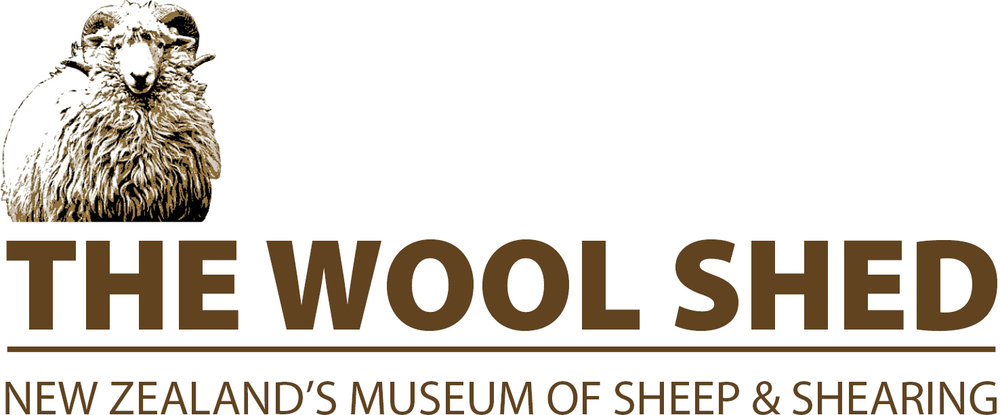SHEEP IN NEW ZEALAND
Sheep on the road to Tora, South Wairarapa.
The first sheep arrived in New Zealand with Captain Cook in 1779. They died within two days. Sheep were introduced to Northland by Samuel Marsden in 1814, but it was 1834 before the first commercial flock was established, on Mana Island near Cook Strait. From the 1840s, sheep, mainly from Australia, were introduced in considerable numbers and by 1850, sheep farming was firmly established.
Most early sheep were Merinos, farmed almost exclusively for their wool. Wool was ideal for export because it was easy to store and ship on the sailing ships of the time. There was strong overseas demand due to an expanding textile industry.
In 1882 an important event would have a big impact on our sheep industry – the first shipment of refrigerated meat, from Dunedin to London. This opened an important market opportunity. ‘Dual-purpose’ sheep such as the Romney now became dominant in New Zealand. These sheep were bred to efficiently produce both meat and wool. Their wool was much coarser than Merino wool but it was ideal for heavier fabrics and carpets.
The early sheep farm development was mainly in the South Island. It came later to the North Island, largely because the extensive forest cover was expensive to clear. In the North Island, our district, Wairarapa, was an exception because it already had areas of open grassland and tussock. In fact, New Zealand's first real sheep run was established here, in 1844.
Commercial aerial top dressing for spreading superphosphate fertiliser began in 1949. This greatly improved land fertility and productivity and helped progress sheep farming, especially in the North Island.
The average commercial sheep farm runs 2,590 sheep. It produces 43 tonnes of sheep meat and 12 tonnes of wool a year. Most sheep farms also run beef cattle, which earn about 26 percent of farm revenue. Cropping is also a source of income on some sheep farms.
Romney and Romney-cross dual-purpose sheep are the most common in New Zealand, with two-thirds of the national flock. In recent years, as prices for coarser fleece have steeply declined, sheepmeat has become relatively much more important, while wool is now more of a by-product. But sheep still have to be shorn, for stock health reasons.
Some of the other crossbred sheep in New Zealand include Coopworth, Perendale, Drysdale, Cheviot, Corriedale, Poll Dorset, Polwarth and Texel.
Merino sheep make up a very small proportion of New Zealand’s sheep flock, but they punch well above their weight in wool earnings. Their very dense, super-fine fleece is valuable and they are farmed mainly for wool. Though only three percent of the national flock, their share of wool export receipts is 25 percent.
Our country is famously referred to as a place of more sheep than people. This is of course, absolutely correct. New Zealand’s population is around 4.8 million people and there are approximately 27 million sheep – 5.6 sheep to every New Zealander.
Sheep products
When we think of sheep products, we usually just think of meat and wool. But there’s a lot more. Here’s a list of sheep products and by-products:
RETAIL MEATS: chops, lamburger, lamb loin, leg of lamb/hogget/mutton, mince, petfood, pot roast, rack of lamb, shoulder of lamb/hogget/, mutton, steak.
FROM WOOL AND HIDE: artificial skin, artists' brushes, asphalt binder, baseballs, bedding filling, carpet, clothing, cosmetics & hair products, drum heads, fabric, felts and felt products, footwear, glue, insulation, lanolin, luggage, medical implants, oil spill mop-up, ointment base, paint & plaster binders, pelt products, rouge base, rug pads, 'smart' textiles, surf boards, sports equipment, tennis balls, upholstery, yarns.
FROM INTESTINES: condoms, instrument strings, sausage casings, sheep placenta cream & capsules, surgical sutures, tennis racquet strings.
FROM FATS & FATTY ACIDS: antifreeze, biodegradable detergents, candles, ceramics, chemicals, chewing gum, chicken feed, Cosmetics, crayons, creams and lotions, dogfood, explosives, floor wax, hair products, herbicides, industrial lubricants, industrial oils, insecticides, medicines, mink oil, oleo margarine, oleo shortening, paint, paraffin, rennet for cheese, rubber products.

